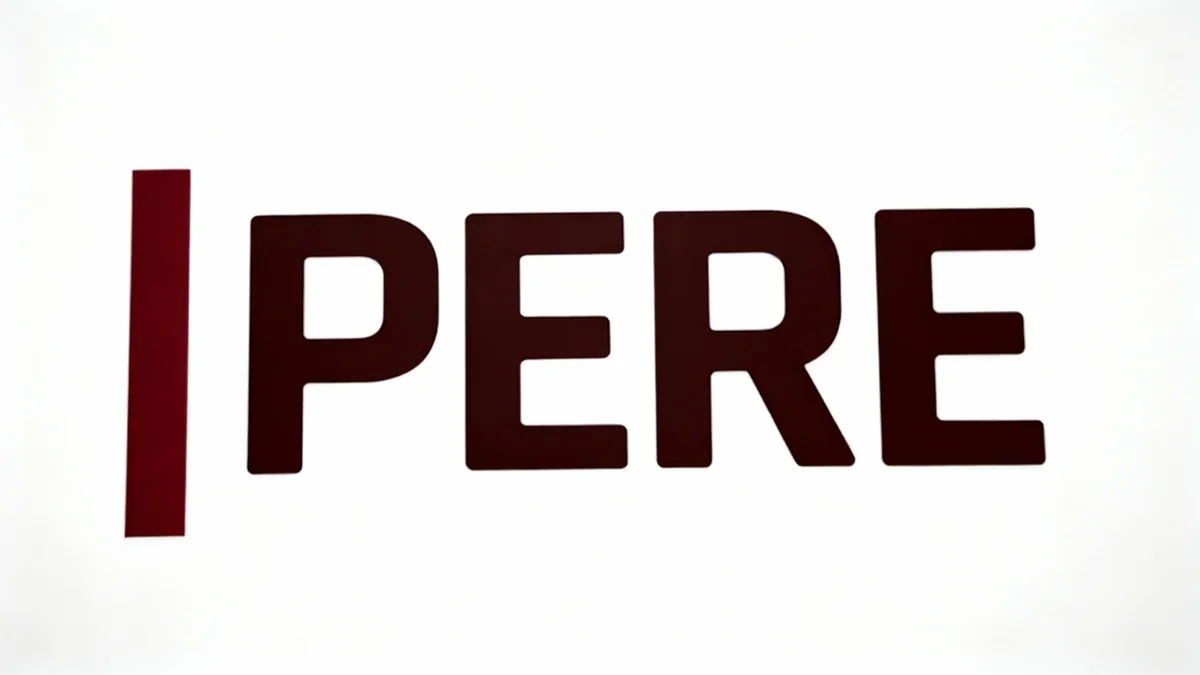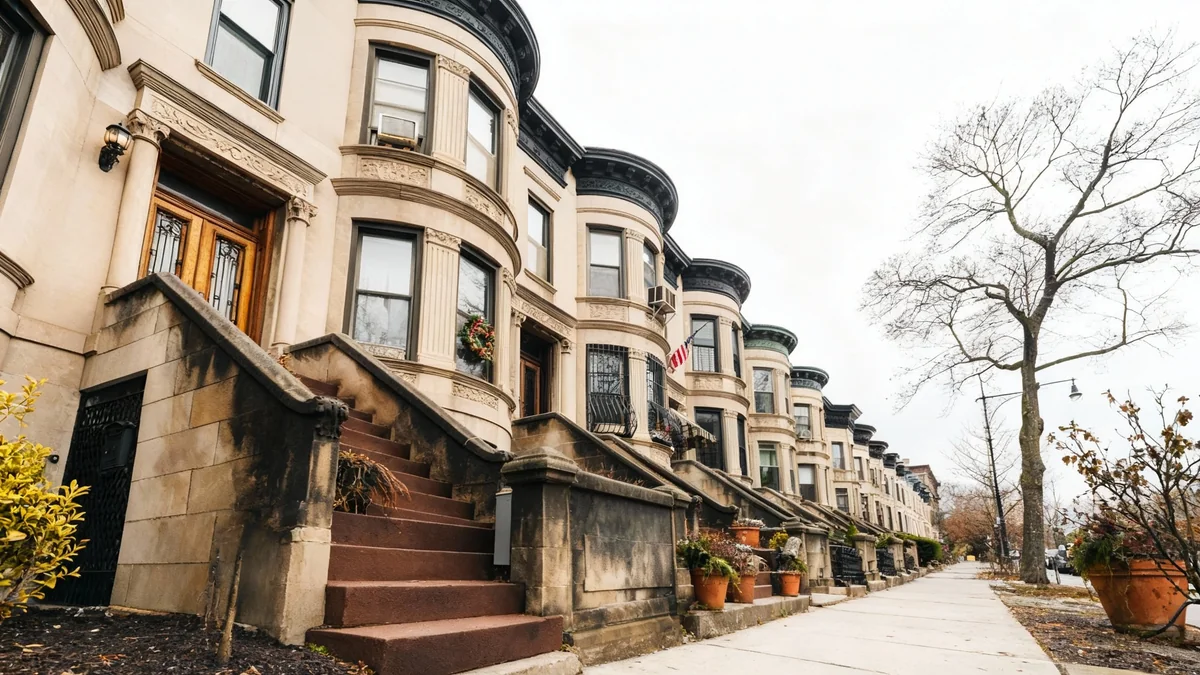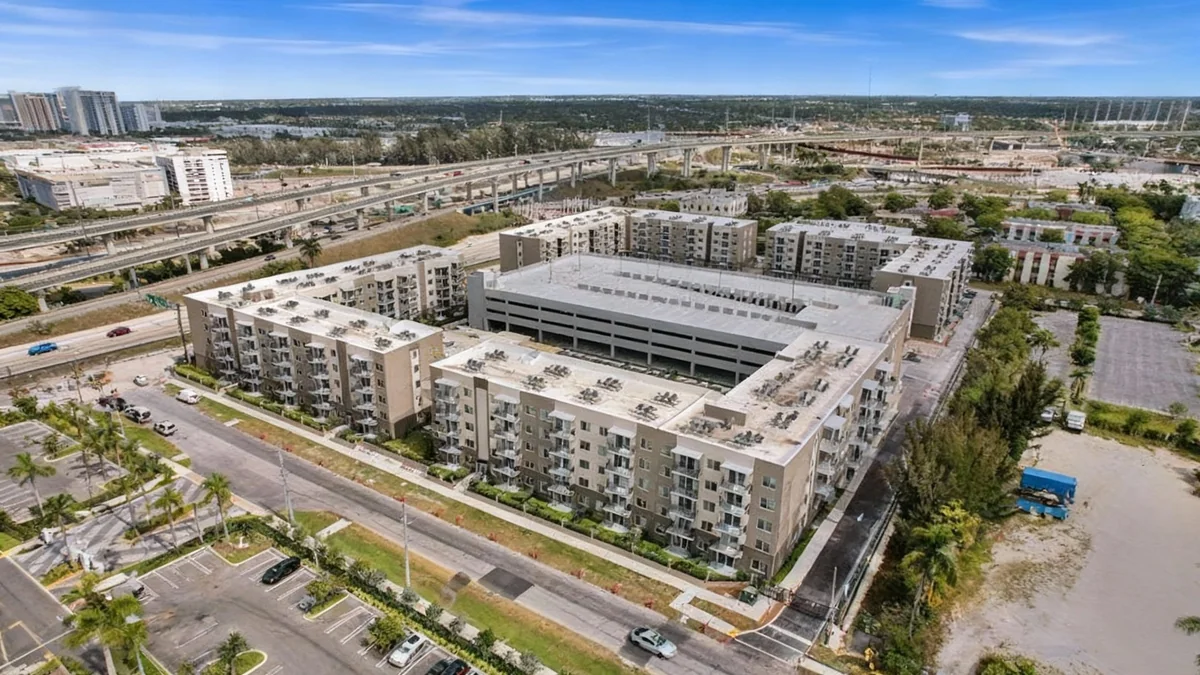After purchasing a new home, many owners are surprised to find detailed photos of their property still publicly available on real estate websites. While there is no federal law requiring their removal, major platforms and local real estate boards have established clear procedures for homeowners to take down these images and protect their privacy.
These processes vary depending on the website and whether the property was listed on a Multiple Listing Service (MLS). Understanding the available options is the first step for new buyers seeking to control their home's digital presence.
Key Takeaways
- Major real estate websites like Zillow offer direct processes for homeowners to claim their property and remove listing photos.
- For properties listed on a Multiple Listing Service (MLS), homeowners should contact their real estate agent to request photo removal from the system.
- Some local real estate boards, such as the Austin Board of Realtors, have updated policies to automatically limit photos shown on closed listings.
- Currently, no state or federal laws mandate the removal of real estate photos after a sale, making platform policies the primary tool for homeowners.
Understanding Your Digital Footprint After a Home Purchase
In the modern real estate market, high-quality photographs are essential for attracting potential buyers. These images are widely distributed across various websites, creating a detailed and public visual record of a property's interior and exterior.
While beneficial during the selling process, these photos can become a privacy concern for the new owner after the sale is complete. Strangers can view the layout of the home, its rooms, and specific features long after the property is off the market. This lingering digital footprint is what prompts many new homeowners to seek removal options.
The responsibility for managing these photos often falls to the new owner, as the images can remain online indefinitely unless a removal request is made.
Direct Removal from Real Estate Platforms
Many of the largest real estate platforms have recognized the privacy concerns of new homeowners and have implemented user-friendly removal processes. Zillow, one of the most popular real estate websites, provides a direct path for owners to manage their property's online presence.
A spokesperson for Zillow confirmed the company's policy is designed to empower homeowners.
"Some buyers prefer to remove photos and some prefer to leave them available, and that should be up to them. Zillow has long had an easy and transparent way for homeowners to remove or change photos if they’d like."
To do this on Zillow, a homeowner typically needs to create an account, search for their address, and claim ownership of the property. Once ownership is verified, they gain access to tools that allow them to edit or delete the photos associated with the listing.
Step-by-Step Guide for Photo Removal
While the exact steps vary by platform, the general process for a homeowner to remove photos directly often includes:
- Creating a user account on the real estate website.
- Searching for their property address.
- Locating a button or link to "Claim Ownership" or "Manage Listing."
- Completing a verification process to prove they are the current owner.
- Navigating to the photo management section to hide, delete, or update the images.
The Role of the Multiple Listing Service (MLS)
Not all real estate websites host their own listings directly. Many smaller sites and aggregator platforms pull their data from a regional Multiple Listing Service, or MLS. An MLS is a private database created and maintained by real estate professionals to share information about properties for sale.
What is an MLS?
A Multiple Listing Service (MLS) is a cooperative system used by real estate brokers. When a broker lists a property for sale, they enter its details into the MLS, which is then shared with all other participating brokers. This system is the backbone of property data distribution in the U.S., feeding information to thousands of websites.
If a home's photos appear on websites that source data from an MLS, removing them from one site will not solve the problem. The images must be removed from the source: the MLS database itself.
Homeowners cannot directly access or edit MLS listings. Instead, they must contact the real estate agent who represented them in the purchase. The agent can then enter the local MLS system and remove the photos from the closed listing. Once removed from the MLS, the images will eventually disappear from the third-party websites that pull data from it.
Local Policies Offer Enhanced Privacy
Recognizing the growing demand for homeowner privacy, some regional real estate boards are proactively changing their rules. The Austin Board of Realtors (ABOR) and its associated Unlock MLS service provide a clear example of this trend.
Earlier this year, ABOR updated its policies regarding photos on closed listings. Now, once a home is sold in the Austin-Round Rock metropolitan area, its listing on Unlock MLS is automatically updated to display only a single exterior photo of the property.
"When a home is sold through Unlock MLS, our participants and subscribers must follow these rules, providing homeowners and sellers with added protections," an ABOR spokesperson stated.
This policy automates a level of privacy for new homeowners, reducing the need for them to make individual removal requests. However, these protections only apply to transactions conducted through their specific MLS system.
Navigating a System Without Federal Mandates
It is crucial for homeowners to understand that these removal options exist due to company policies and local board rules, not because of any overarching law. There are currently no state or federal laws that compel real estate websites to take down photos of sold properties.
This lack of regulation makes the role of organizations like ABOR even more significant. In states like Texas, which is a "non-disclosure state," the MLS plays a vital role in market transparency. In a non-disclosure state, the sale price of a property is not required to be reported to the government, making the MLS a key source of accurate market data for professionals.
The ABOR spokesperson emphasized this point, stating, "In a non-disclosure state like Texas, the MLS is the only system built on cooperation and rules that prioritize both transparency and homeowner protections." They added that using a realtor who participates in such a system provides safeguards that don't exist in private sales.
For new homeowners, this means the most effective path to protecting their privacy is to work through the established channels: either by directly contacting the listing platform or by asking their real estate agent to clear the data from the MLS.





